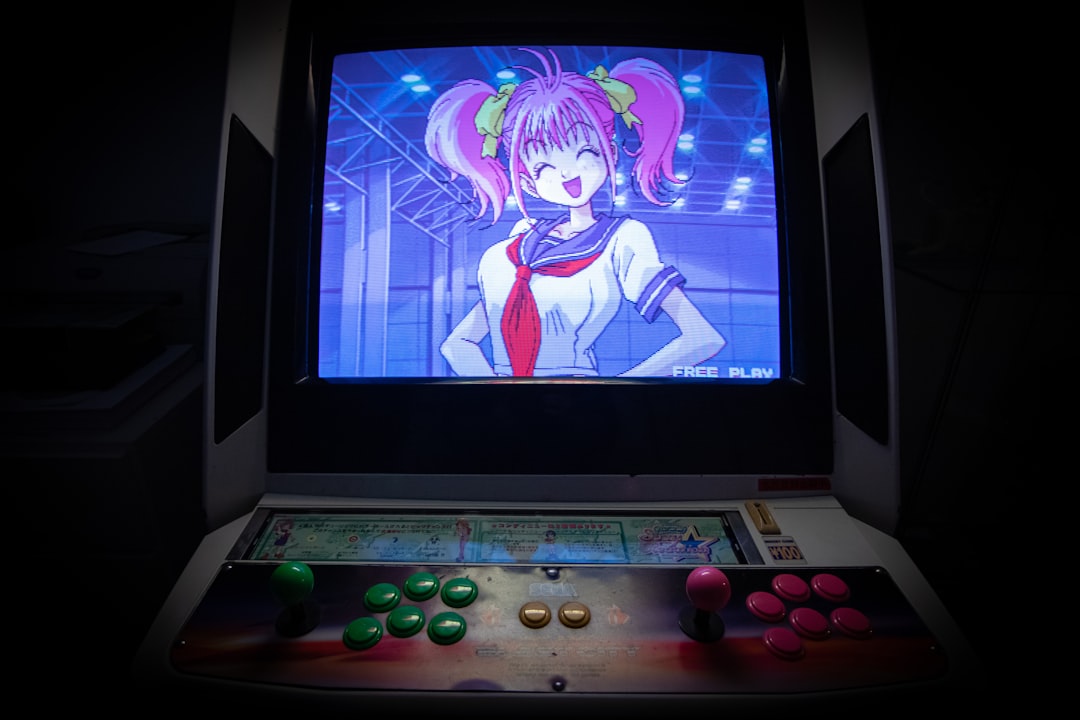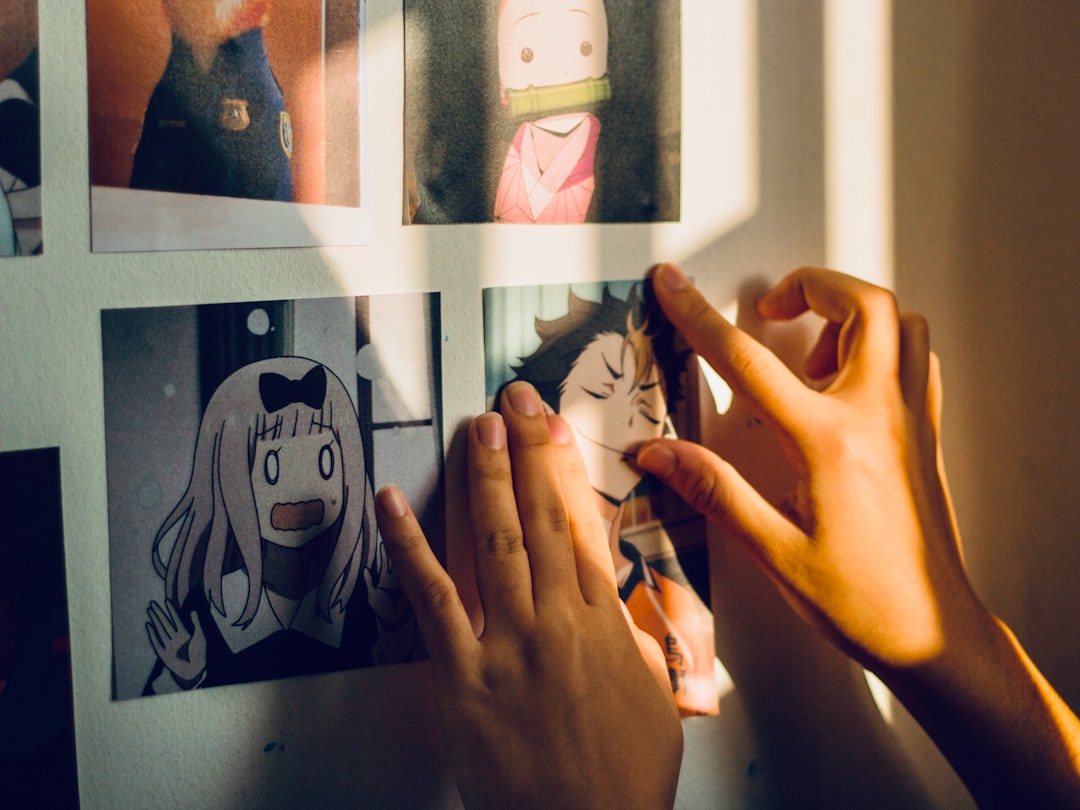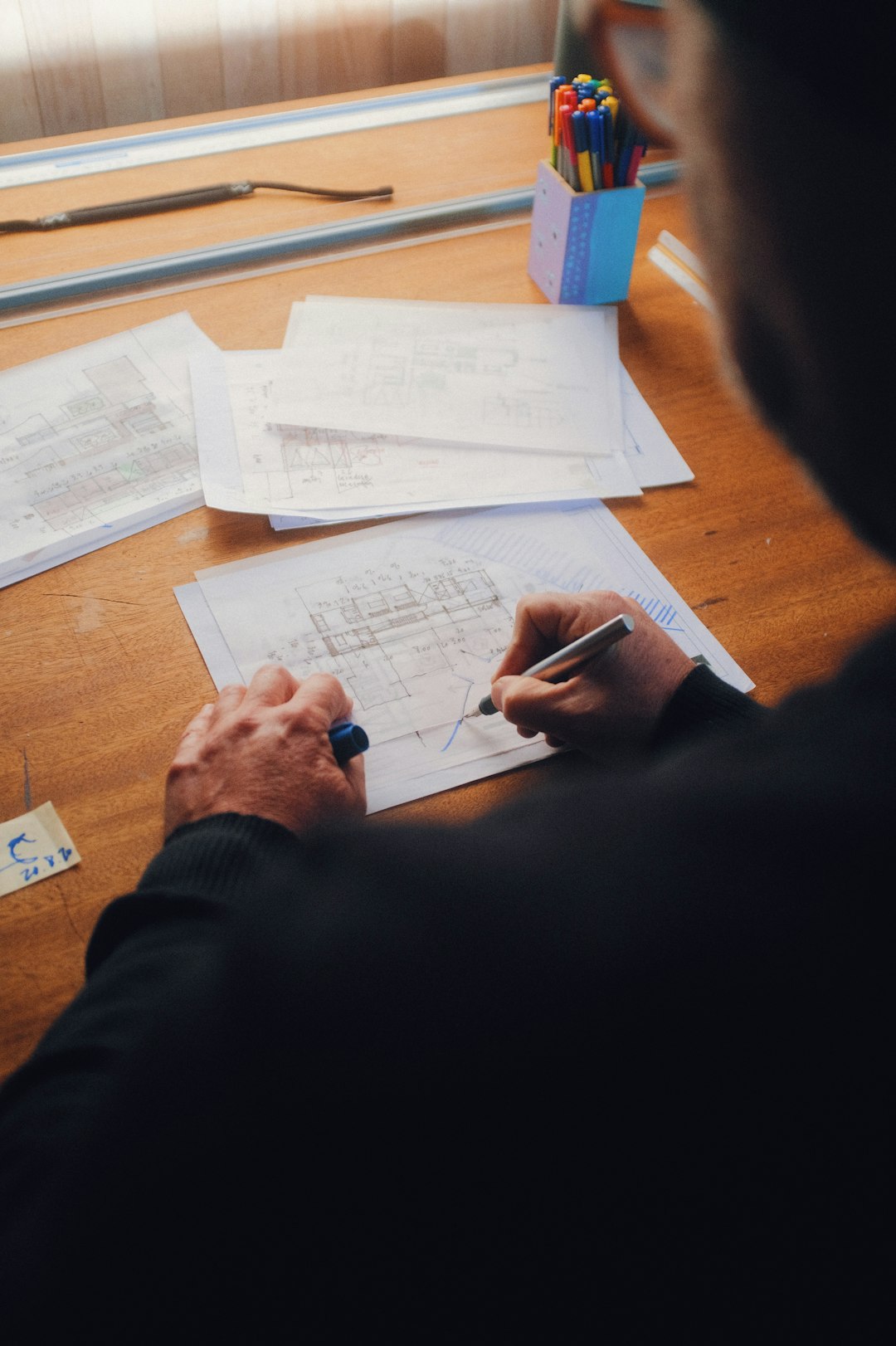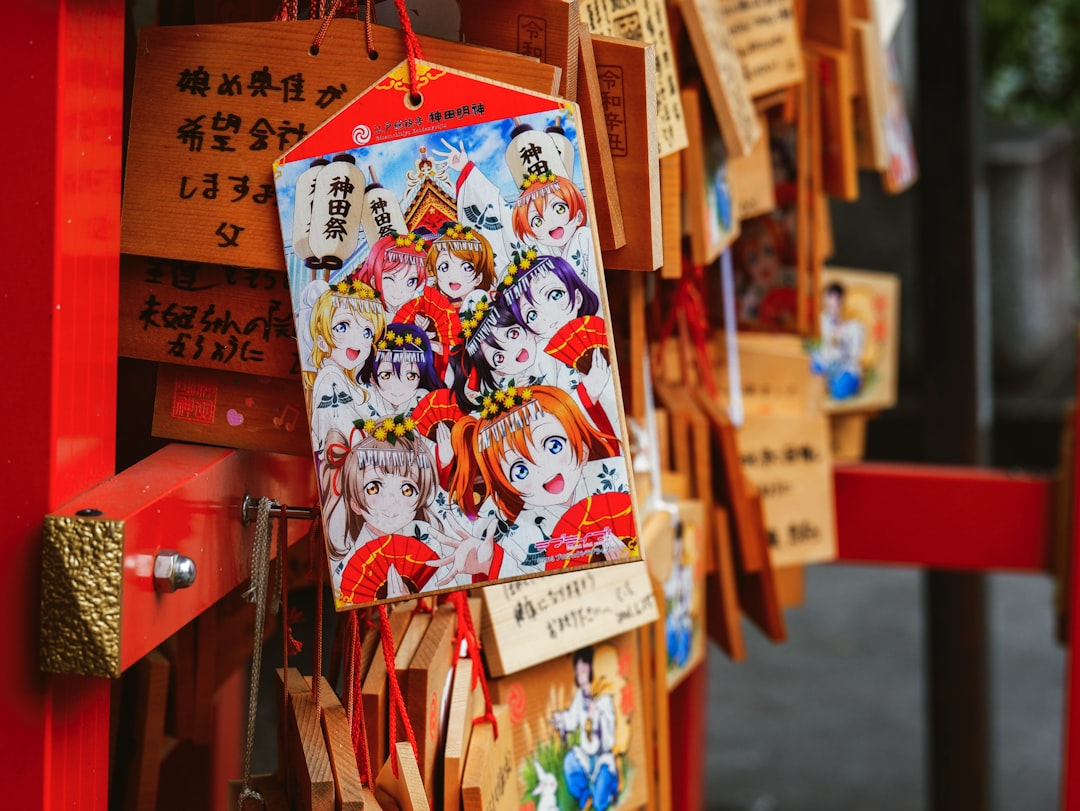Breaking News


Popular News


Drawing anime characters can be a rewarding and creative endeavor. Mastering the art involves understanding the basics, selecting the right tools, and perfecting proportions and anatomy. In this comprehensive guide, we will explore the essential steps to develop your own unique anime characters, from adding expressive facial features to creating dynamic poses. If you’re wondering how to draw anime, this guide will equip you with the necessary skills to bring your characters to life.
Contents
So, you want to learn how to draw anime? Great choice! To get started, it’s essential to understand the fundamental principles of anime drawing. Here’s a quick overview to help you grasp the basics:
Study Anatomy: Before diving into anime-specific techniques, it’s crucial to have a good grasp of human anatomy. Understanding the proportions of the human body will provide a solid foundation for your anime drawings.
Mastering Facial Expressions: Anime characters are known for their emotive facial expressions. Practice drawing a variety of emotions, such as joy, anger, sadness, and surprise. This will bring your characters to life and make them more relatable.
Embrace Simplified Features: Unlike realistic drawings, anime characters often have simplified features. Focus on mastering the iconic large and expressive eyes, unique hairstyles, and distinct clothing styles that are synonymous with anime.
Learn Basic Shading Techniques: Enhance the depth and dimension of your drawings by learning basic shading techniques. Proper shading can add realism and drama to your anime creations.
By mastering these basic principles, you’ll be well on your way to creating captivating anime characters that showcase your unique style and creativity. Remember, practice makes perfect, so keep honing your skills and experimenting with different techniques to develop your own signature anime drawing style.
Mastering the basics is the first step towards creating impressive anime characters. As you progress in your drawing journey, you will gradually integrate these basics with the more advanced techniques. So, whether you’re a beginner or looking to refine your skills, these foundational principles will set you on the right path. Happy drawing!
Remember, if you’re wondering "how to draw anime," understanding the basics is the key to unlocking your full creative potential.

Photo by Gracia Dharma on Unsplash
When learning how to draw anime, it’s crucial to have the right tools and materials to bring your artistic vision to life. Here are some essential items to consider:
How to draw anime involves using the right materials to achieve the desired effects. Whether you prefer traditional or digital tools, having the correct materials can significantly impact the quality and outcome of your anime drawings.
When learning how to draw anime, mastering proportions and anatomy is crucial to creating realistic and visually appealing characters. Here are some tips to help you master this important aspect of anime drawing:
Study Real Anatomy: Understanding real human anatomy is essential before stylizing it into anime characters. Study the proportions of the human body, facial features, and the way joints move to create more realistic and believable characters.
Use Guidelines and Construction Lines: Start by sketching basic shapes and guidelines to map out the proportions of the character. This will help maintain consistency and balance in your drawings.
Practice Body Proportions: Pay attention to the proportions of the body, such as the length of limbs, size of the head in relation to the body, and the placement of joints. Consistent practice and observation will greatly improve your ability to accurately portray these proportions.
Explore Different Styles: Anime offers a wide range of art styles, each with its own unique approach to proportions and anatomy. Experiment with different styles to find what resonates with you and suits your artistic vision.
Seek Feedback and Learn from Mistakes: Don’t be afraid to seek feedback from peers or online communities. Learning from constructive criticism and identifying your mistakes will accelerate your progress in mastering proportions and anatomy in anime drawing.
By focusing on mastering proportions and anatomy, you will take a significant step forward in your journey of learning how to draw anime, bringing your characters to life with realistic and captivating forms.
When it comes to how to draw anime characters, developing unique designs is essential to make your creations stand out. Here are some tips to help you in this process:
Research Existing Characters: Take some time to explore existing anime characters to understand various styles and design elements used in anime.
Experiment with Different Styles: Try experimenting with different art styles to develop your own unique approach to drawing anime characters. This can help you create distinct and original designs.
Focus on Clothing and Accessories: Pay close attention to the clothing, accessories, and hairstyles of your characters. These elements can significantly contribute to the uniqueness of your designs.
Consider Personality Traits: Reflect the personalities of your characters through their designs. For instance, a cheerful character may have bright and lively colors in their design, while a mysterious character might have darker and subdued tones.
Seek Inspiration from Real Life: Drawing inspiration from real-life people, cultures, and places can also help you come up with fresh and unique ideas for your anime characters.
By incorporating these tips into your process, you can develop compelling and distinctive anime character designs that captivate your audience.

Photo by Ryan Ancill on Unsplash
When learning how to draw anime, adding expressive facial features is crucial for bringing your characters to life. Here are some essential tips to help you master this aspect of anime drawing:
Eyes: Anime eyes are a defining feature. Experiment with different eye shapes, sizes, and expressions to convey various emotions. Larger, sparkly eyes often represent innocence or joy, while narrow, sharp eyes can indicate determination or intensity.
Mouth: The mouth plays a significant role in expressing emotions. Practice drawing a range of mouth shapes to convey happiness, sadness, anger, or surprise. Pay attention to the size and position of the mouth in relation to the eyes for balanced facial expressions.
Facial Proportions: Understanding the proper placement of facial features is essential. Keep in mind that anime characters often have enlarged eyes and smaller noses and mouths in comparison to realistic proportions. This stylized approach contributes to the unique appeal of anime characters.
Emotion: Use variations in eyebrows, mouth shapes, and eye expressions to convey specific emotions. For instance, raised eyebrows and a wide-eyed look can indicate surprise, while downturned eyebrows and a frown depict sadness or concern.
By focusing on these key elements, you can enhance the expressiveness of your anime characters, adding depth and personality to your drawings. Remember to study and analyze the facial features of your favorite anime characters for inspiration and practice.
When it comes to how to draw anime, creating dynamic poses for your characters is essential to bring life and energy to your illustrations. Dynamic poses can make your characters more interesting and engaging. Here’s how you can create dynamic poses for your anime characters:
Study Dynamic Poses: Start by studying dynamic poses from real life, photographs, or other artwork. Pay attention to the body’s movement and the positioning of limbs to understand how to convey a sense of action and fluidity in your drawings.
Use Gesture Drawing: Gesture drawing is a quick and loose drawing technique that captures the essence and movement of a pose. Practice gesture drawing regularly to improve your ability to depict dynamic poses convincingly.
Emphasize Fluid Lines and Movement: Use fluid lines to showcase the movement and energy of the pose. Avoid stiff, straight lines and instead opt for flowing lines that convey the dynamism of the pose.
Consider the Character’s Personality: When creating dynamic poses, consider the personality and traits of your character. The pose should reflect their emotions, power, and story.
Experiment with Angle and Perspective: Explore different angles and perspectives to add depth and dimension to your dynamic poses. This can make your characters more visually exciting and impactful.
By mastering the art of creating dynamic poses, you can take your anime drawing to the next level, infusing your illustrations with movement, energy, and personality.
When it comes to how to draw anime, adding shading and small details can truly bring your characters to life. Here are some key tips to enhance your anime drawings:
Shading Techniques: Experiment with different shading techniques such as hatching, cross-hatching, and stippling to create depth and dimension in your drawings. This will add a three-dimensional quality to your characters, making them appear more realistic.
Focus on Light Source: Determine the light source in your drawing and add shading accordingly. Consistent lighting will give your characters a more polished and professional look.
Attention to Details: Pay attention to small details like clothing folds, accessories, and hair strands. These details can elevate the overall quality of your anime characters and make them stand out.
Use of References: Study how professional anime artists add shading and details in their work. This can provide valuable insights and inspire new ideas for your own drawings.
By incorporating these tips into your drawing process, you can effectively enhance your anime characters with the perfect finishing touches of shading and intricate details.

Photo by Susann Schuster on Unsplash
Anime characters often have large, expressive eyes, small mouths, and unique hairstyles. They also tend to have exaggerated emotions and facial expressions, emphasizing the emotions of the characters.
To improve your anime drawing skills, practice sketching different anime characters, study anatomy and proportions, experiment with different styles, and seek feedback from other artists. It’s also helpful to analyze and learn from existing anime artwork.
For digital anime drawing, popular software options include Clip Studio Paint, Adobe Photoshop, and Procreate. Graphic tablets from brands like Wacom and Huion are commonly used for digital drawing. However, the best software and tools depend on personal preference and budget.
To create original anime characters, consider their personality, backstory, unique traits, and distinctive visual features. It’s important to give them depth and to incorporate elements that set them apart from existing characters. Drawing inspiration from real-life experiences and combining different influences can also help to create originality.